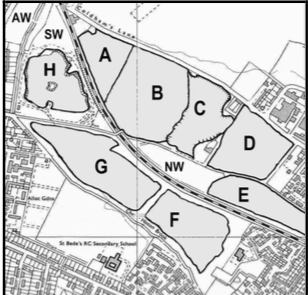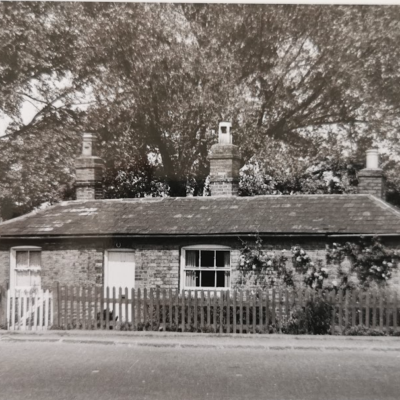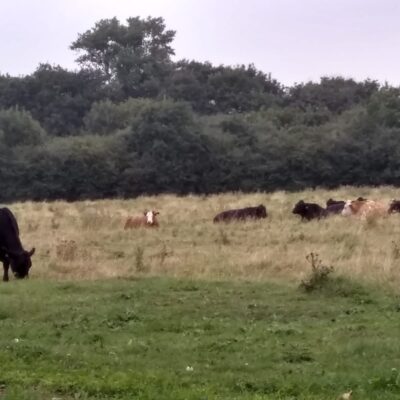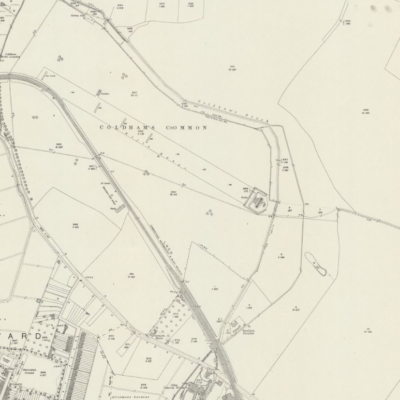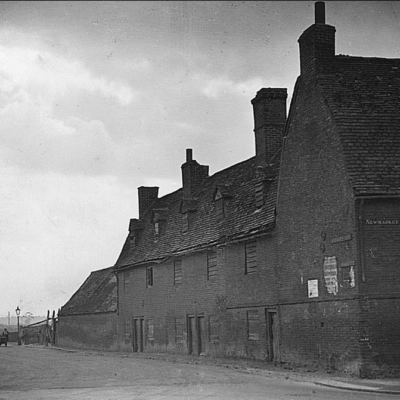Search by topic
- archaeology
- Building of Local Interest
- chapel
- charity
- church
- crime
- dressmaker
- Great Eastern Railway
- Listed building
- Mapping Relief
- medieval
- oral history
- poverty
- Public House
- Rattee & Kett
- Religious House
- Roman
- scholar
- school
- Then and Now
- tudor
- women
- work
- world war one
- world war two
Search by text
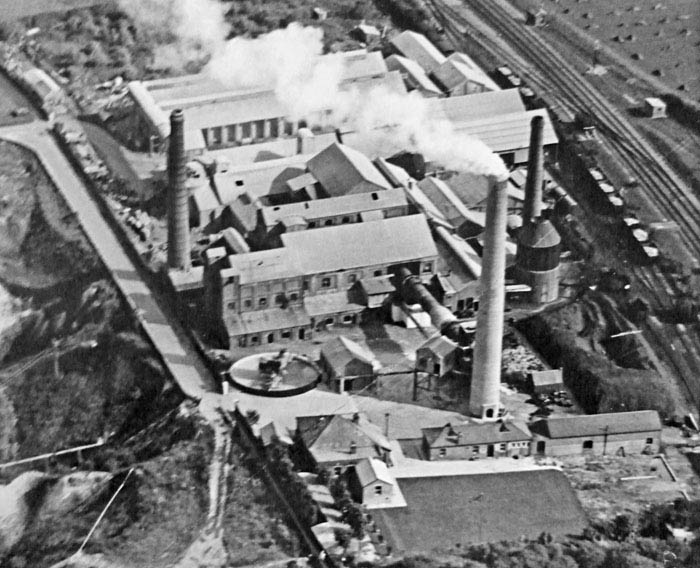 Norman Cement Works, 1946
Norman Cement Works, 1946Norman Cement Works
Norman Works
The Norman Portland Cement Co commenced production on the site in 1904. Although described as a subsidiary of the Saxon Works, it was far superior in innovation, technology and capacity and continued production until 1984.
The main works site is now occupied by a David Lloyd gym and a Holiday Inn Express that opened in 2004. The ‘wash mill’ site contains Coldham’s Lane Business Park and is accessed by a new road, Norman Way. The other filled–in pits are ‘contaminated’ and so redevelopment is more costly, hence they are still open land.
The Cement Works site was bounded to the north by The Tins footpath and to the south by the railway line. The area quarried covered the entire area between the brook and Coldham’s Lane to Cherry Hinton not used by the Saxon or Norman works.
Did you know
Crowds of people attended the demolition of the 150ft chimney in February 1988 causing traffic chaos. It was ‛one of area’s best known landmarks’ according to the Cambridge Evening News.
In 1973 approximately thirty residents of Burnside threatened to withhold their council rates until something was done about noise from the site, which they stated was ‛unbearable’. They also claimed that the brook was being contaminated by the works.
Timeline
1904 – Cement Works opens
1911 – Company taken over by BPCM (later APCM, then Blue Circle/BCI)
1949 – Works are rebuilt and modernised
1984 – Manufacturing ceases
1987 – Site closes
1988 – Chimney is demolished
2004 – Works and ‘wash mill’ sites redeveloped
Download the East Romsey Cement Works report as a PDF
Site history
The Norman Works represented a great enthusiasm in development in the cement production industry. Demand was expanding, particularly for high-grade and quickly-produced cement, and the Saxon Works, only three years old, was not meeting this demand.
In 1925 the Norman works had just one excavation pit (the ‛wash mill’), lying to its north, between the footpath and Coldham’s Lane. In 1938 this was still the only pit being used. In 1950 however excavation around the Norman Works had expanded considerably; all the land bounded by the existing pit, Coldham’s Lane and the railway line had been quarried. There had also been additional building to the east of the Works.
In 1949 the Norman Works was comprehensively rebuilt – the old 1900 buildings being replaced by a very large shed to take new machinery. The ‘wet’ kiln, which superseded the earlier ‘dry’ kiln after the BPCM takeover, was replaced by a new state–of–the–art kiln.
By the late 1950s the ‘wash mill’ was unused and overgrown. Road access to the site was from the east, curving up towards Coldham’s Lane. Two new pits had been started in the land directly to the east of the Works and the ‘wash mill’.
In 1967 excavation for the Norman Works had expanded onto the land south of the railway, and what had previously been farm land was now being quarried – resulting in the disappearance of the series of buildings that had been there, though the footbridge remained. Marl from this quarry was transported over the Tins and the railway to the Works by a conveyor just east of the footbridge over the railway.
By 1973 there was still only one pit south of the railway but it had grown to about half its eventual size. All four pits lying to the north of the railway were disused and had been filled–in with general waste and consequently were defined as contaminated land. Only the original ‛wash mill’ pit was never used for dumping and so was not contaminated.
By 1984 all the available land had been quarried, there was nowhere to expand to and it was uneconomic to continue production. The site continued being used for a further 3 years for grinding, storage and distribution but eventually closed entirely on 24 January 1987.
The area eventually quarried can be seen in the following image as areas A-G (H is the Saxon Works pit).
Further Information
Contribute
Do you have any information about the people or places in this article? If so, then please let us know using the Contact page or by emailing capturingcambridge@
License
This work is licensed under CC BY-NC-SA 4.0





